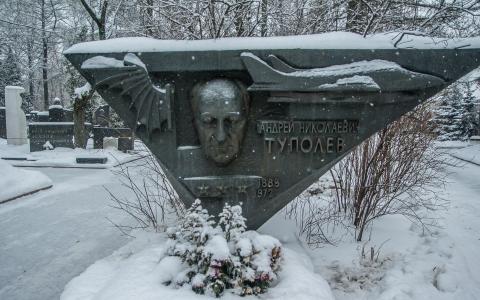
(Bloomberg) - Ashmore Group Plc picked an inopportune time to be a bull on Russia.
The emerging market specialist asset manager built up outsized exposure to Russian assets in its two biggest retail funds before Vladimir Putin’s invasion of Ukraine last month. Both debt funds have dropped more than 10% in the last three weeks and have seen their combined assets fall by more than $1 billion since the start of the year.
Money managers across the financial industry were blindsided by the outbreak of war, leading to sharp losses at several hedge funds and billions of writedowns across major index funds. But the sting is particularly acute for a firm that pitches its emerging market expertise and was attempting to rebound from an end to 2021 that saw performance dip and outflows jump.
In the days prior to the invasion, Ashmore executives had reassured clients in public comments and notes that an invasion was avoidable and upside remained in Russian assets. Even now, a senior executive who helps set the firm’s strategy holds the view that Russia still has leverage to get sanctions lifted in short order, according to a person familiar with his thinking.
With $87 billion in assets under management at the end of last year, Ashmore ranks among the largest emerging market-focused fund managers. More than three-quarters of those assets are in segregated accounts that don’t provide regular updates. But the performance of the firm’s public funds show the hit from Russia bets and a broader pullback from riskier markets.
Ashmore’s 10 largest public funds were all down in the past 12 months, from a decline of 10% to as much as 50%. Among the 50 largest emerging market debt funds tracked by Bloomberg, the Ashmore Total Return fund’s 12.9% drop so far this year ranked 49th.
A spokesman for the London-based firm wouldn’t say how much of the firm’s total assets under management were still exposed to Russia or the extent of expected losses should Russia default on its foreign bonds.
Ashmore has ridden ebullient markets to new heights in recent years, with assets under management jumping almost 60% in the four years ending in 2019. But the second half of 2021 saw the percentage of the firm’s assets that outperformed benchmarks over a one-year period fall from a pristine 96% to 39%, in part because the firm stuck with bets on Chinese real estate as that sector plunged.
Russia losses aren’t limited to Ashmore. BlackRock Inc., the world’s biggest asset manager, saw its funds’ Russia assets plunge by $17 billion in value. Amundi SA and Schroders Plc have called Russia uninvestable and said they’re stuck holding securities that are impossible to sell.
Still, Ashmore’s Total Return fund went into February with bets on the Russian ruble as well as exposure to Ukrainian securities that were well in excess of its benchmark, according to its January statement. Its Local Currency Bond fund was also overweight the ruble in relation to its benchmark and Russian assets represented 8.1% of the fund.
Russia had fallen out of the top country exposures in both funds as of the end of February. It’s unclear whether that was caused just by declines in value or if the funds offloaded assets as well.
Several smaller Ashmore funds also held sizable exposure to Russia at the end of January. These include the $50-million Investment Grade Local Currency fund that had 9% of its portfolio in the ruble, and the Sovereign Investment Grade Debt fund, whose second-largest holding was a Russian Federation bond due in June 2047.
Ashmore, which remains the largest holder of dollar-denominated bonds issued by troubled property developer China Evergrande and its subsidiaries, also has overweight positions in Ukraine debt across a number of funds.
By Loukia Gyftopoulou




